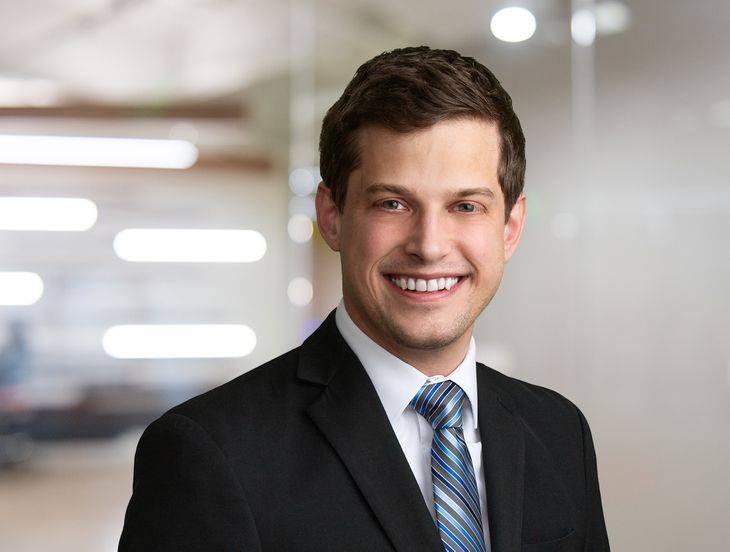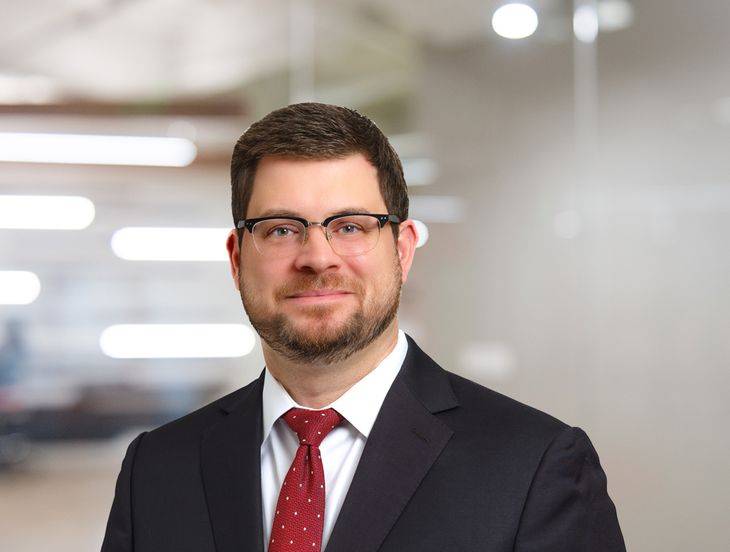NLRB’s Top Sheriff Calls for Abrupt End to 75 Years of Lawful “Captive Audience” Meetings
Insights
4.11.22
The NLRB’s top prosecutor just issued a memo which seeks to bar employers from convening employee meetings on working time to address union representation unless they provide employees specific assurances that participation is completely voluntary. These so-called “captive audience” meetings are routinely conducted to educate employees – particularly in response to arguments advanced by organized labor outside the workplace – and have been a staple in the American workplace since Congress amended the labor laws to recognize employer free-speech rights almost 75 years ago. Although a handful of states have enacted statutes attempting to restrict such meetings, the April 7 memo from NLRB General Counsel Jennifer Abruzzo (formally known as GC Memo 22-04) represents an unprecedented development in the annals of modern labor law. What do employers need to know about this significant step – and what should they do about it?
What are GC Memos?
General Counsel Abruzzo has been particularly active when it comes to the issuance of GC Memos, having released a total of 13 since she was sworn in last July. While they don’t represent the official legal position of the entire agency, they do represent the policy and guidance for all Regional offices investigating and prosecuting charges against employers.
These memos are also used to advance proposed legal doctrine through an administrative framework that runs from the agency’s Division of Administrative Law Judges up through the five members of the NLRB itself. Consequently, employers can now expect to be on the receiving end of unfair labor practice charges and even election objections alleging violation of this new doctrine in an effort to advance it to the formal decision-making process.
An Attempt to Curtail Employer Free-Speech Rights That Have Stood the Test of Time
For nearly 75 consecutive years, the NLRB has held that mandatory group meetings are a lawful exercise of employer free-speech rights in the absence of other prohibited conduct. This longstanding support dates back to its 1948 decision in Babcock & Wilcox, which issued just one year after Congress amended Section 8(c) of the NLRA to incorporate employer free-speech protections.
The General Counsel nonetheless maintains in her latest memo that “captive audience” meetings violate the NLRA because they “force” employees to listen to free speech about union representation when — at least in her view — they have a statutory right to refrain from doing so. The memo goes on to suggest that similar “meetings” in which employers talk to employees about unions on working time may also be unlawful unless they are voluntary, including those in which managers “corner” individual employees. According to the General Counsel, such meetings “inherently involve an unlawful threat that employees will be disciplined or suffer other reprisals if they exercise their protected right not to listen to such speech.”
Employers Seeking to Avoid ULP Complaints and Election Objections Should Revisit Their Communication Approaches
The General Counsel suggests she is not proposing an end to employer free speech but rather to the practice of compelling employees to listen to it. Yet virtually any meeting convened to discuss union representation (including those in which the subject comes up collaterally, such as pre-shift safety huddles) could potentially implicate GC Memo 22-04.
It is reasonable to assume that the Regional offices tasked with investigating charges and allegations of objectionable election interference will broadly interpret and apply the principles laid out in this memo. The new enforcement posture could lead to a complaint seeking reinstatement of an employee discharged for failing to attend a mandatory meeting, or invalidate the results of an otherwise properly conducted representation election.
The General Counsel contends employers can protect themselves from such consequences if they provide “sensible assurances” that employee attendance at such meetings is truly voluntary. In support of her position, she points to other labor law “safeguards,” including the requirement to provide similar assurances to employees being interviewed in connection with unfair labor practice proceedings.
Many Questions Remain Unanswered
GC Memo 22-04 is only three pages long, and one would have to go all the way back to 1946 to find any caselaw supporting some of its contentions. The world has changed a lot since then. Consequently, many questions surrounding how this rule would be applied to the modern workplace remain unclear.
For example, the memo states that the standard would not apply to meetings that do not necessarily and directly concern protected rights (such as safety or training meetings). But it would apply if those meetings are used “to dissuade employees from acting together to improve job training or safety.” Of course, the compounding problem is that these meetings typically require attendance on a paid basis.
This broad-based approach begs questions as to how the new doctrine would apply to an employee inquiry about unions (or protected concerted activity) during a regularly scheduled safety meeting, in the absence of assurances that any continued attendance is voluntary. By the same token, as supervisors walk the floor, must they issue an ongoing disclaimer of voluntary participation in advance of any one-on-one dialogue regarding unions or union representation to avoid the “cornering” scenario proscribed by GC Memo 22-04?
Clearly, many questions remain unanswered, awaiting the type of clarification which typically comes from either a robust comment period following the pronouncement of a proposed new rule or an administrative decision-making process which often takes years rather than months to resolve. The General Counsel has chosen the less clear path of administrative litigation to forge this substantial change in the law.
What Can Employers Do in the Meantime?
- As an initial matter, it is important to note at this early stage that any “one size fits all” approach may not be best. Rather, employers are encouraged to collaborate with their internal stakeholders and labor counsel to tailor an appropriate compliance strategy around the unique aspects of their workplace cultures.
- While the General Counsel concedes that her proposed enforcement posture may not be adopted, the various NLRB Regions may feel constrained to lend it the broadest possible interpretation. Consequently, employers that plan to continue on-the-clock dialogue with workers on the issue of union representation within the bounds of GC Memo 22-04 may wish to proactively explore suitable vehicles for establishing, underscoring, and documenting the voluntary nature of their attendance and participation, while training front-line supervisors on the applicable legal parameters.
- Those who seek to challenge the scope of the doctrine and its unprecedented implications on employer free speech may seek to test its validity before the decision-making process of the agency and, ultimately, through the federal courts. Along the way, they may also confront enforcement mechanisms invoked by previous GC Memos in the form of enhanced injunctive actions, extraordinary remedies, and capitulatory settlement proposals.
Regardless of the path they take, employers will grapple with these developments and the potential impact on their employee-relations infrastructure for months – and possibly years –
to come. These latest developments are not occurring in a vacuum. To the contrary, they are taking place within a regulatory environment devoted to fulfilling the Administration’s public commitment to protect and promote the interests of organized labor, which is already undergoing a resurgence as evidenced by a 57% uptick in representation petitions filed over the past six months alone.
Conclusion
Against this backdrop, effective lines of communication are increasingly integral to maintaining a positive culture of employee relations. We would encourage you to consult with your F&P relationship attorney – or any one of the 100 lawyers who make up our Labor Relations Group – for additional guidance in navigating this rapidly changing terrain.
We will continue to monitor this situation as it unfolds. Make sure you are subscribed to Fisher Phillips’ Insight System to get the most up-to-date information direct to your inbox. For further information, contact your Fisher Phillips attorney, the authors of this Insight, or any member of our Labor Relations group.
Related People
-
- Steven M. Bernstein
- Regional Managing Partner and Labor Relations Group Co-Chair
-
- Brett Holubeck
- Associate
-
- Todd A. Lyon
- Partner



